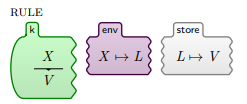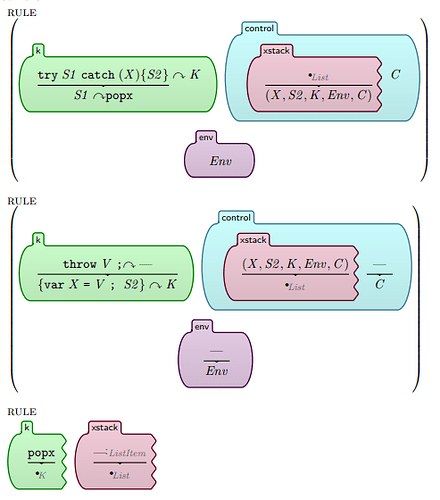![]() Yup, agreed! It’s the same people who are able to accept opcodes and consensus changes. Nothing is stopping others from running other versions of the spec, but the major implementations should agree.
Yup, agreed! It’s the same people who are able to accept opcodes and consensus changes. Nothing is stopping others from running other versions of the spec, but the major implementations should agree.
![]()
![]()
![]() Thanks for the shout out! Yes, we would love to devote more time to this work, but attention requires funding.
Thanks for the shout out! Yes, we would love to devote more time to this work, but attention requires funding.
![]()
![]()
![]() Could not agree more! Yes, I am involved in some of this work, but I would like to see this regardless of who does the work. We need a solid footing to build this extremely important part of the world’s financial system & highly available censorship resistant open service worth tens of billions of dollars.
Could not agree more! Yes, I am involved in some of this work, but I would like to see this regardless of who does the work. We need a solid footing to build this extremely important part of the world’s financial system & highly available censorship resistant open service worth tens of billions of dollars.
These quotes are about the test suite (I agree), bit to maybe expand on why the Jello Paper as the top-level canonical spec rather than competing specs…
TL;DR
Specs and implementations are different beasts. You don’t want multiple sources of truth in your spec. A spec is more abstract and need to have as little ambiguity as possible. Redundancy on implementations are a really great practice, but that’s a different layer in this process.
Rationale
Client Implementations
Yes, TMR is extremely useful for mission critical implementations. Each implementation in the TMR gate is based on the same high level spec: they need to achieve some common goal. We have something like this built into Ethereum itself: the different clients have to reach consensus about state transitions, and are parallel implementations of the same underlying spec.
TMR is great when you’re interacting with empirical data and concrete implementations: chronometers, flight system computers, deployed blockchain clients, and so on. These are also automated systems, with very easy ways to distinguish the degree of disagreement (results are outside of some error threshold).
To be clear: I fully support doing TMR for the actual EVM software. Super great idea, +1, 5/5 stars, would recommend ![]()
System Specification
Specifications should be a priori and universal. (This is part of the push for a formalized spec). If you have multiple specs, have an unspoken, fuzzy, abstract spec somewhere in the collective consciousness of which the others are simulacra. The versions in everyone’s head may or may not agree.
Multiple competing top-level (canonical) specs aren’t just inconvenient, they’re often actively confusing. For instance, if a feature is added to the Blue Paper after going through the full EIP process, but the Red and Purple Paper maintainers haven’t got around to adding it yet — is the feature available for use? What if the Red Paper is no longer being actively maintained? What if they all differ on parts of certain details in their description of the same feature? Which is the “right” one to base your concrete implementation off of? Should you have to read 3 versions of a tech spec and understand them to the point that you can compare every detail between them?
Since client implementers are doing this by hand, it’s a laborious process, and the likelihood of missing a subtlety between m/n specs is very high. With one canonical, formalized spec, you have a single source of truth.
Exactly! ![]()
Yes, multiple test suites would be awesome (1x K-generated + 1x done by hand, + 1x other) ![]()
 ) but single PRs against one repo seem unworkable, given that there are currently three repos, maintained by different teams working on different schedules. I think I sketched out the current process above. At best they can be synced up at some point after a release. We don’t operate on three-year release cycles with a well-compensated documentation team.
) but single PRs against one repo seem unworkable, given that there are currently three repos, maintained by different teams working on different schedules. I think I sketched out the current process above. At best they can be synced up at some point after a release. We don’t operate on three-year release cycles with a well-compensated documentation team.


